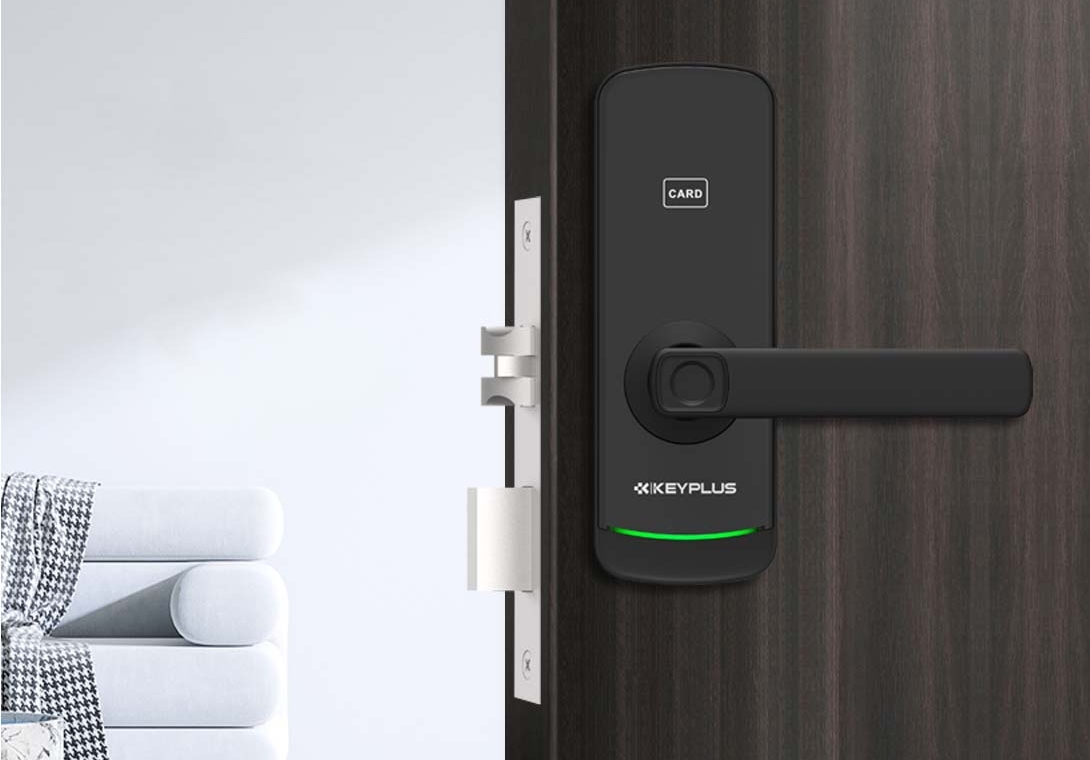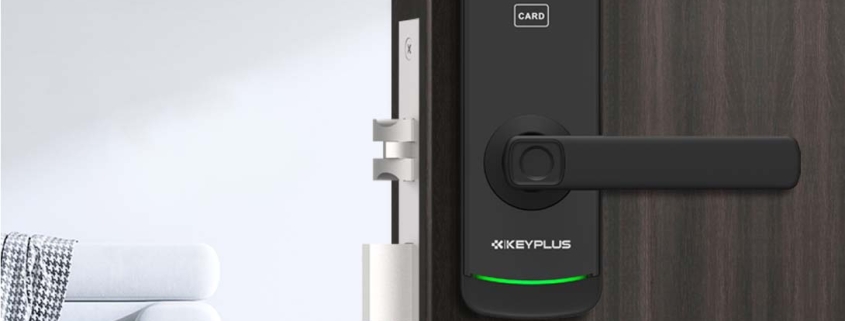Do smart locks need to be charged?
Smart locks have become increasingly popular as homeowners and renters look for convenient, secure, and keyless ways to protect their homes. One of the most common questions people have about these devices is: Do smart locks need to be charged?
The answer depends on the type of smart lock you have. Some smart locks run on batteries, while others may be hardwired into your home’s electrical system. In this article, we’ll explore how smart locks are powered, how long their batteries last, and what to do when they run out of power.
How Are Smart Locks Powered?
Most smart locks on the market today are battery-powered, meaning they do not require a direct electrical connection. However, some high-end or commercial-grade smart locks may be hardwired for continuous power. Here’s a breakdown of the two main power sources:
1. Battery-Powered Smart Locks
The majority of residential smart locks use replaceable or rechargeable batteries. The most common types include:
-
Alkaline batteries (AA or AAA) – These are the most common and easy to replace.
-
Lithium batteries – Longer-lasting and better for extreme temperatures.
-
Rechargeable batteries – Some models support rechargeable packs via USB or a charging dock.
Advantages of Battery-Powered Smart Locks:
Easy installation – No wiring required.
Portability – Can be used on rental properties or moved if needed.
Backup options – Many smart locks still allow manual entry if batteries die.
Disadvantages of Battery-Powered Smart Locks:
Battery replacements needed – Depending on usage, you may need to change them every 6-12 months.
Risk of lockout – If batteries die without warning, you might be temporarily locked out.
2. Hardwired Smart Locks
Some smart locks connect directly to your home’s electrical system, similar to how a doorbell or alarm system is powered. These are less common in residential settings but may be found in commercial buildings.
Advantages of Hardwired Smart Locks:
No battery changes – Continuous power means no unexpected lockouts.
More reliable for high-traffic areas – Ideal for offices or apartment buildings.
Disadvantages of Hardwired Smart Locks:
Complex installation – Requires professional wiring.
Vulnerable to power outages – Unless they have a backup battery, they may fail during blackouts.
How Long Do Smart Lock Batteries Last?
Battery life varies depending on:
-
Usage frequency (how often the lock is activated).
-
Battery type (lithium lasts longer than alkaline).
-
Smart features (Wi-Fi/Bluetooth drains batteries faster).
-
Weather conditions (extreme cold or heat can reduce battery life).
Average Battery Lifespan by Power Source:
| Battery Type | Estimated Lifespan |
|---|---|
| Alkaline (AA/AAA) | 6–12 months |
| Lithium | 12–24 months |
| Rechargeable (USB) | 3–6 months per charge |
Pro Tip: Many smart locks send low-battery alerts via an app, so you’ll know when to replace them before they die.

What Happens When the Battery Dies?
A dead battery doesn’t necessarily mean you’ll be locked out. Most smart locks have emergency options, such as:
-
Physical key override – Many models include a traditional keyhole.
-
External battery boost – Some allow a 9V battery to be held against the lock for a quick power boost.
-
Manual unlocking mechanism – Certain smart locks have a mechanical turn knob inside.
Always check if your smart lock has a backup entry method before installation!
How to Extend Smart Lock Battery Life
To maximize battery performance:
-
Use high-quality lithium batteries (better for extreme weather).
-
Disable unnecessary features (e.g., reduce Wi-Fi usage if not needed).
-
Keep firmware updated (manufacturers often optimize power usage).
-
Avoid extreme temperatures (install in a shaded area if possible).
Conclusion: Do Smart Locks Need Charging?
Most smart locks do not need regular charging but instead rely on replaceable batteries that last several months to a year. Hardwired smart locks exist but are less common for homes.
Key Takeaways:
Most smart locks use disposable or rechargeable batteries.
Battery life ranges from 6 months to 2 years, depending on usage.
Low-battery alerts help prevent unexpected lockouts.
Always have a backup entry method (key or external power option).
If you’re considering a smart lock, check its power requirements and choose one that fits your lifestyle. Battery-powered models offer flexibility, while hardwired locks provide uninterrupted power but require professional installation.
Would you prefer a battery-powered or hardwired smart lock? Let us know in the comments!



